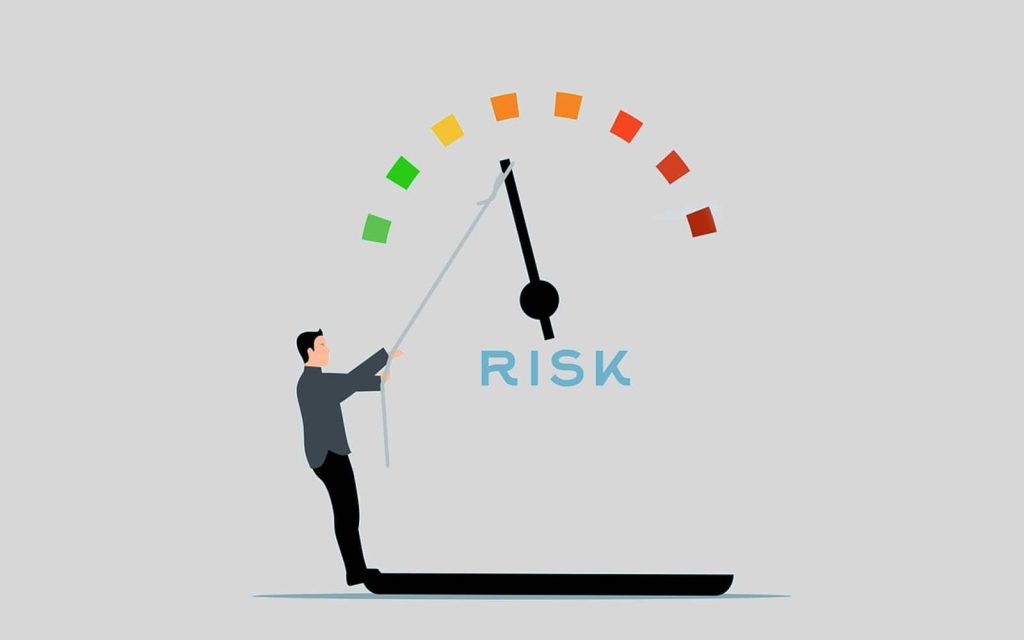Gas detection is of utmost significance in the field of industrial safety. It serves as the first line of defense against potential threats and is capable of protecting lives, maintaining the integrity of the facility, and enhancing operational effectiveness. This article aims to clarify the need for appropriate gas detection training and the critical role that facility managers and safety personnel play in its implementation.
Understanding the Basics of Gas Detection
The process of finding specific types of gases in a space—typically those that pose a risk to people or the environment—is known as gas detection. For example, carbon monoxide, hydrogen sulfide, methane, and other volatile organic compounds (VOCs) are among the gases that are frequently found in buildings.
Gas detection is crucial for industrial safety. It is an early warning system for gas leaks that might cause dangerous incidents like fires, explosions, and equipment or employee health damage.
Importance of Gas Detection Training
Gas detection training is crucial in ensuring employees have the knowledge and abilities to react appropriately and quickly to potential gas threats. Conversely, more training can result in the proper handling of gas detectors, incorrect reading interpretation, and, ultimately, failure to prevent or mitigate accidents.
The explosion at the Texas City Refinery in 2005 is an example. Operators who were undertrained to comprehend the significance of specific gas detector readings entirely were partially to blame for the disaster, resulting in 15 fatalities and more than 180 injuries. This tragic incident emphasizes how crucial proper gas detection training is.
The Components of Effective Training
Effective gas detection training includes the following elements:
1. Workers should receive training on the various types of gas detectors and how to use them. They should also be aware of the gases that each detector can detect.
2. Method for interpreting gas detector readings: Employees must correctly interpret detector readings and base decisions on them.
3. Recognizing the limitations and potential of gas detectors: Gas detectors have advantages and disadvantages, just like any other tool. Comprehensive training ensures users know these elements to use the tool efficiently.
4. Emergency response protocols for gas leaks: Employees must be aware of safe gas leak response protocols, including evacuation protocols and first aid measures.
5. Gas detector upkeep and calibration: routine maintenance and calibration ensure the reliability and accuracy of gas detectors. Finding a gas detector that has calibration notifications can make this process easier.
Role of Safety and Facility Managers in Implementing Gas Detection Training

The management of safety and facilities is crucial to implementing gas detection training.
1. Creating and carrying out training programs for gas detection: Managers must create programs specifically suited to their facility’s needs and oversee their execution.
2. Ensuring adherence to industry standards and regulations: The managers are responsible for ensuring the training complies with legal and ethical standards.
3. Promoting a culture of accountability and safety: Managers should promote an environment where everyone shares responsibility for safety while promoting accountability at all levels.
4. Ongoing program review and improvement based on feedback and shifting facility requirements is something managers should do regularly.
Implementing a Gas Detection Training Program
Safety and facility managers can implement a training program on gas detection by taking the following actions:
1. Create a comprehensive training program for gas detection: Determine the requirements and dangers unique to your facility, and adjust the training program as necessary. Training should not only focus on theoretical understanding but also real-world application.
2. Include real-world, hands-on training: Employees benefit significantly from hands-on training sessions where they operate gas detectors and respond to simulated leak scenarios. As a result, they increase self-assurance and improve their understanding of theoretical ideas.
3. Use contemporary training methods and resources: Technology like virtual reality and simulation exercises can improve the effectiveness and engagement of training. They provide risk-free settings where students can practice reacting to gas leaks.
4. Invite experts or collaborate with businesses for in-depth training: Expert-led workshops or collaborations with seasoned businesses can significantly improve your training program by incorporating industry insights and best practices.
Evaluating the Effectiveness of the Training Program

A successful gas detection training program is a continuous process, not a one-time event. For it to be practical, frequent assessments are necessary:
1. Criteria for judging the effectiveness of the training: Key performance indicators (KPIs) such as the number of successful emergency drills or the decline in gas-related incidents can be used to gauge the effectiveness of the training.
2. Techniques for getting employee feedback: Employee feedback can offer essential insights into the training’s effectiveness and areas that require improvement.
3. Regularly reviewing and updating the training plan: Update the training program as needed based on the evaluations to maintain its efficacy and relevance.
The Role of Technology in Enhancing Gas Detection and Training
The study of gas detection and its training is undergoing a technological revolution:
1. Examining cutting-edge gas detection technologies: From wearable detectors to real-time monitoring systems, new technologies are improving the accuracy, dependability, and user-friendliness of gas detection.
2. Advantages of incorporating technology into training: Digital training tools can improve retention and learning outcomes, increasing training effectiveness.
3. Upcoming developments in gas training and detection technology: Keep up with trends as technology develops quickly, providing fresh opportunities to improve training and safety.
Interscan Corporation’s Role
We at Interscan Corporation are dedicated to enhancing safety in various industries through the following methods:
1. Providing the most recent and accurate news and information in the sector: We make an effort to keep you up to date on the newest trends, best practices, and laws pertaining to gas detection and safety.
2. Providing appropriate and beneficial training for using our instruments: We provide thorough training programs to ensure you get the most out of them and maintain safety in your settings.
Conclusion
It is impossible to overstate the importance of proper gas detection training. It is essential to protecting people, property, and industrial productivity. Therefore, it is up to safety and facility managers to take the initiative to implement thorough, efficient training schemes. Continuous learning and adaptation are essential in the face of developing gas detection technologies. We at Interscan Corporation are prepared to help you along the way by providing the information, resources, and training you need to maintain a productive and safe workplace.


